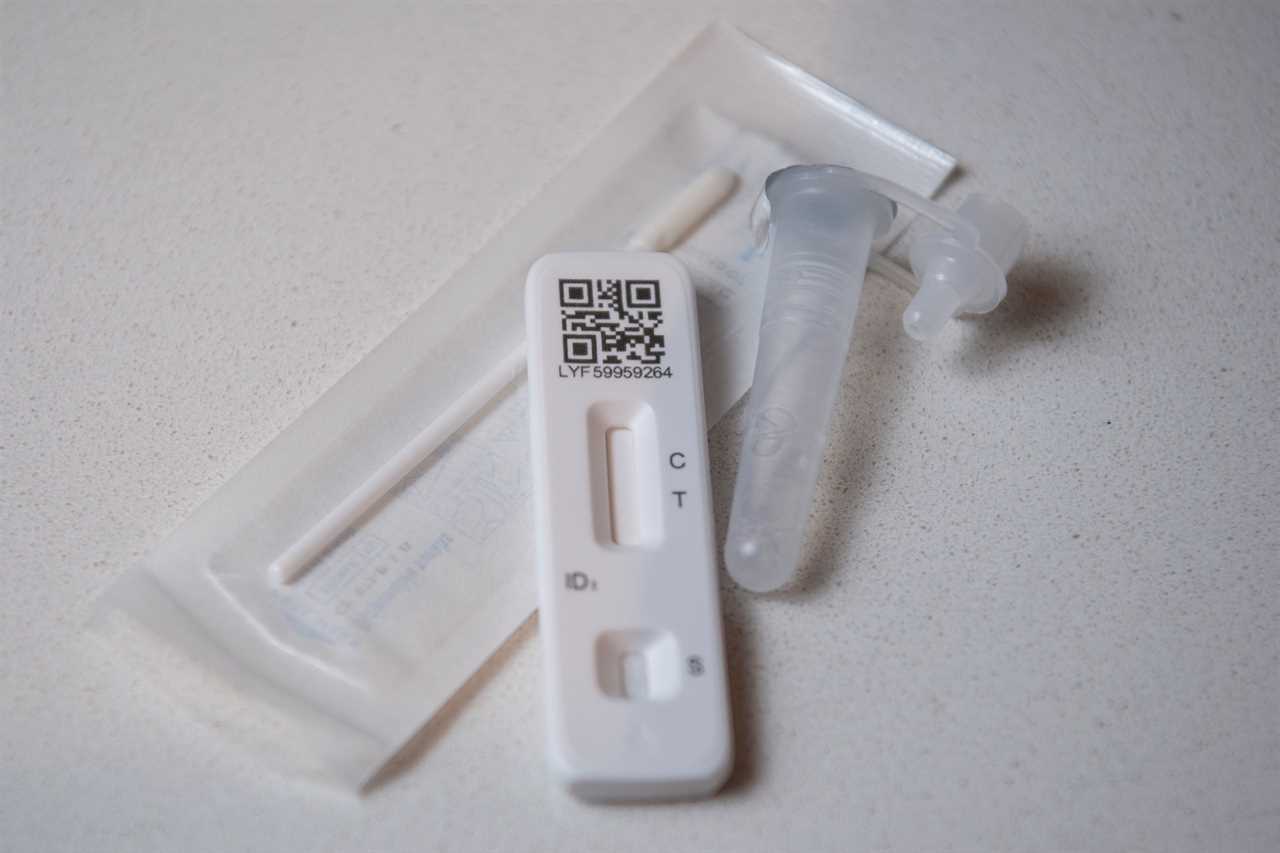LATERAL flow tests are key when it comes to stopping the spread of Covid and most people now have experience taking the tests.
The little tests can tell you whether or not you have Covid within minutes – but there are some things you need to know when it comes to using the swabs.

False positives have always been a possibility when it comes to lateral flow tests so it’s important that you know what you’re doing.
This will help you avoid having to isolate unnecessarily and will also help you stop spreading the bug to the most vulnerable in society.
Omicron is a milder variant than the ones that came before it and most people will suffer cold-like symptoms.
But it’s not milder for everyone and some people are still at risk of severe infection.
This is why it’s important to get vaccinated and continue to take tests to make sure we keep everyone safe and avoid further lockdowns.
Here are the ten things you need to keep in mind when taking tests so that you avoid a false positive.
1. Snotty swab
Lots of people who are testing positive with Omicron are experiencing cold-like symptoms and for most people, this will include having a snotty or runny nose.
It might be easy to just grab a tissue, blow your nose and think nothing more of it, but it’s really important, if you think you could have Omicron or are unsure about your symptoms, that you get a test and isolate to avoid spreading the illness to others.
But for many people, a snotty nose might also just be down to the common cold or hayfever.
With that in mind it’s important that you blow your nose before taking the test – as is stated on the instructions leaflet.
If you simply just swab the snot then it could lead to an incorrect result.
2. Incorrect storage
You might think nothing of chucking your tests in a draw when they arrive, but you should look at how they are stored before tidying them away.
Experts at the Pharmaceutical Services Negotiating Committee explained: “Test kits need to be stored in conditions that will preserve the integrity of the swab.
“Therefore test kits should be stored in a designated area away from direct sunlight, between 2-30°C as stated in the service specification.”
3. Out of date tests
If you’re taking tests on a regular basis then it’s unlikely that they will be out of date.
But they do have a ‘best before’ date, so it’s important to check this before you take the test as this could lead to a false positive.
The date will be displayed on the front of the box the test is posted in and it will also be on the wrapper of each individual test.
4. Test contamination
If you’re in a rush then it’s easy to contaminate the test so make sure you give yourself enough time to take it properly.
The instruction manual advises that you wash your hands beforehand and it’s important you do this as if you accidentally touch the swab with dirty hands then it could become contaminated.






